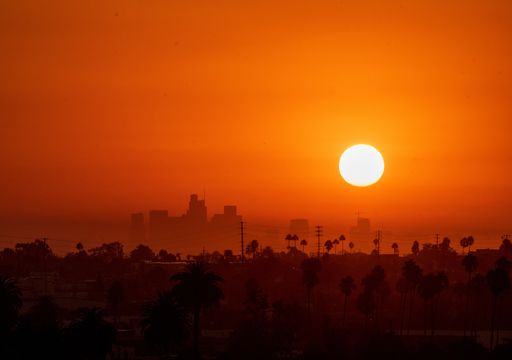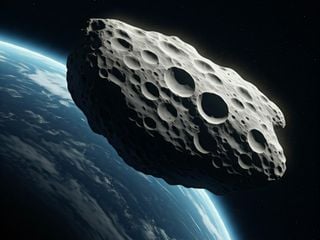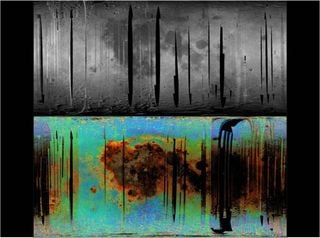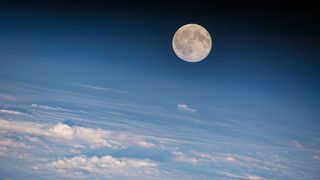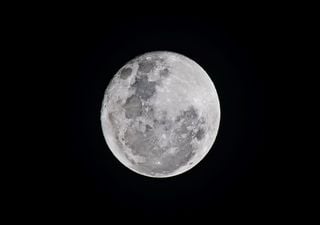The human species will be interplanetary, this will happen on the Moon and Mars according to the Artemis mission
Research into other celestial bodies in space allows us to better understand our planet, our resources and how to provide solutions to the challenges of the future.
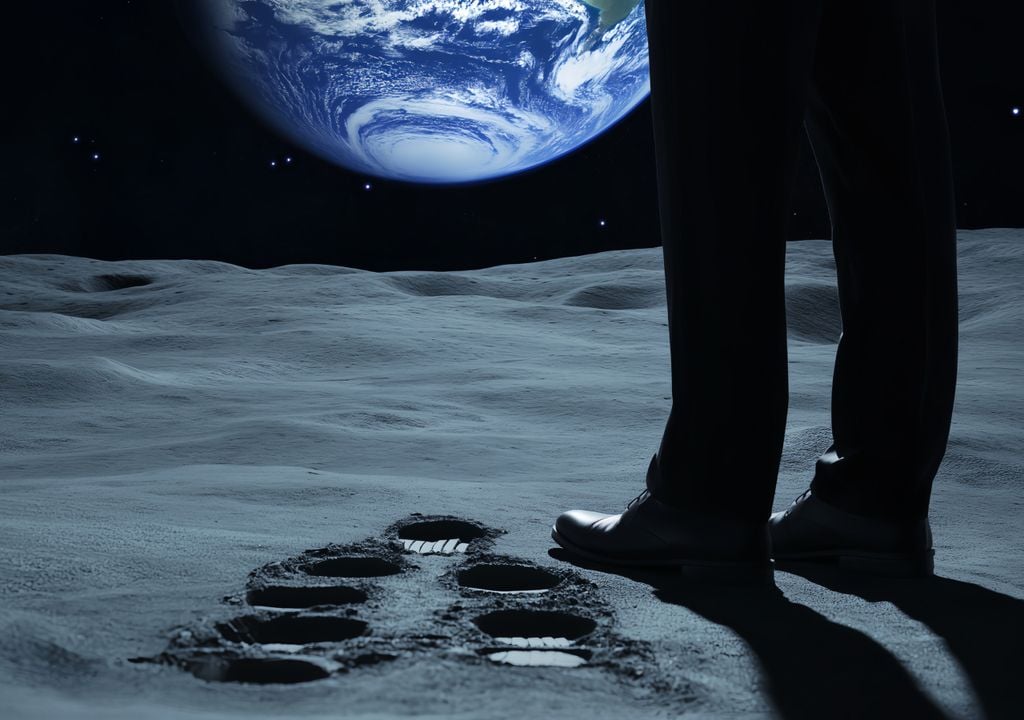
The Artemis mission is a collaboration between different entities such as NASA, the European Space Agency (ESA), the Canadian CSA, the Japanese JAXA, the Israeli ISA and the Australian ASA, which has proposed in its third phase to take the first woman and man back to the South Pole of the Moon in September 2026.
The objective of this mission is none other than to lay the necessary foundations so that private companies can develop a lunar economy, and then take the same model to Mars in 2033. An objective that is deeply rooted in the astro-scientific community, which for 10 years has wanted to make the dream of a global lunar village, “Moon Village”, a reality.
The Green Moon project was formed by three students from Malaga in 2016 and is currently made up of scientists from space engineering, planetary geology and plant biology. It is based on the idea that astronauts not only eat dried and packaged food, but also a salad of freshly cut lettuce grown by themselves in a lunar garden.
Are there any precedents in this regard?
So far, the only plant that managed to grow anywhere other than Earth was a type of cotton that germinated inside a microsphere on the Moon during the Chinese Chang'e 4 mission carried out in 2019. The project proposed that the plant generate the oxygen consumed by fly larvae and the waste produced by these flies would provide CO2 to the plant. However, the thermal control was not carried out correctly by the instrument and the cotton sprout died within 24 hours. Green Moon researchers have designed a capsule-garden to protect the plants from inclement weather.
They have tested different varieties of lettuce, pepper, tomato, radish and carrot, which thanks to their short cycles germinate in 24-72 hours from when the seed is moistened, to see which of them can germinate in these extraterrestrial conditions. This capsule aims to create the effect of a greenhouse in which the light they receive will be regulated, the water supply and temperature range will be constant, between 15ºC and 28ºC, and they will be protected from both solar and cosmic radiation. In addition, it incorporates the electricity necessary for its operation with solar panels that allow it to take advantage of any source of energy.
What are the real motives for this extraterrestrial mission?
First, it is believed that knowing more about other rocky planets in the solar system will allow us to better understand Earth. We now know that the atmosphere of Venus or Mars appears similar to that of Earth in its early days, although all three have changed in very different ways. Thanks to this information, we can understand how Earth will evolve.
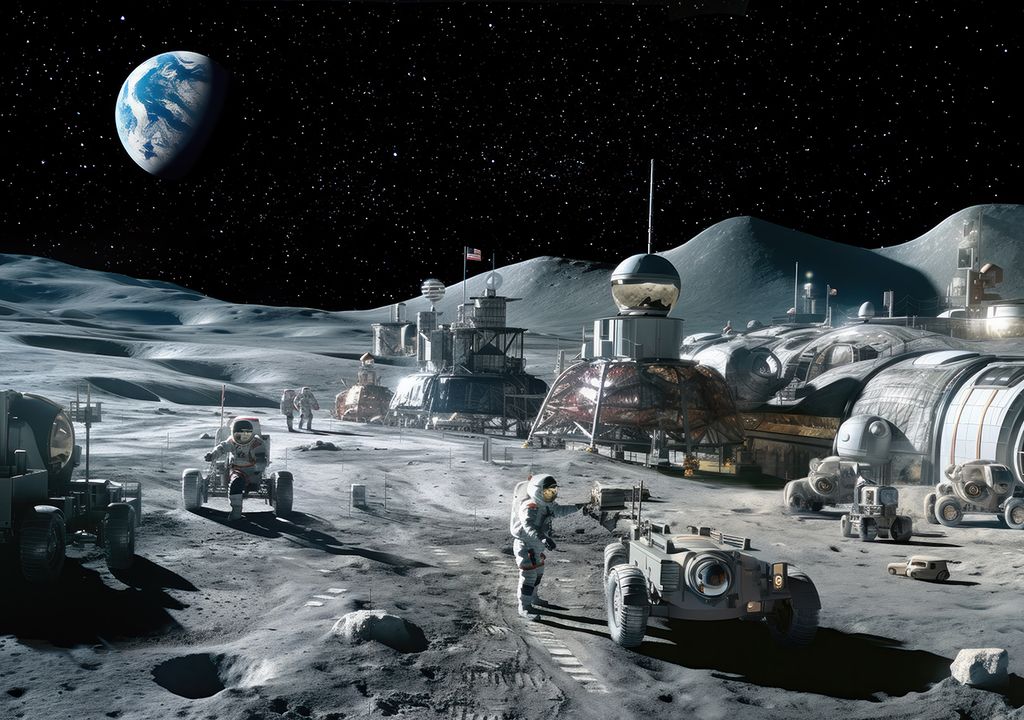
On the other hand, both the Moon and Mars, asteroids and also comets, are valuable sources of resources such as rare minerals and precious metals, on which the progress of our current society depends. The Moon is rich in helium-3, an isotope of helium that is formed when the Sun interacts with the lunar soil. Helium-3 promises to be a superfuel but this phenomenon does not occur on Earth because the atmosphere acts as a shield. Its application in nuclear fusion plants would produce large amounts of energy without the emission of dangerous radiation.
Lunar soil as a testing ground
In this mission, lunar soil will also be tested. The plants of the Spanish Green Moon project will also have to survive in the regolith, which is what the sandy and sterile soil of the Moon is called. This project has carried out tests with the volcanic soil of Lanzarote, which is a soil similar to the sample brought from the lunar soil by the Apollo 14 mission. By processing volcanic remains, a 'lunar simulant' has been created that is 99.5% similar to the soil of our satellite.
Lunar soil has a large amount of heavy metals and almost no nitrogen and phosphorus, which are essential nutrients for the development of vegetation, which makes it unsuitable. However, they have tried to fertilise this soil with extremophile bacteria that can survive in very hostile and extreme conditions, obtaining positive results in the combination of some of them that digest heavy metals and generate nitrogen and phosphorus.
#GreenMoonProject estuvo en el Main Stage de @TalentLand_Esp el pasado 4 de julio en #Málaga en el @Fycma. Muchas gracias a nuestro Coordinador Tecnológico en el proyecto, el Dr. @JorgePlaGarcia. Seguimos sumando. #TalentLand pic.twitter.com/4LuQtnJ5mT
— Green Moon Project (@greenMOONp) July 15, 2024
The benefits of using capsules like this go beyond being able to grow vegetables on the Moon or Mars. This method could also be used to grow crops in extreme areas of the Earth such as deserts or arid zones where there is hardly any water. In addition, the combination of fertilising bacteria becomes an interesting option for treating soils that have suffered volcanic eruptions, such as in La Palma, greatly shortening their regeneration time.
Then comes the trip to Mars
When humans are ready, the Artemis mission will aim reach Mars. A journey of almost two years there and back. Two of the greatest challenges that humans will have to face there will be radiation from the Sun and cosmic radiation, which comes from energetically charged protons that arrive from the death of stars, increasing the probability of contracting cancer.
Plants will also have to face these challenges. For this reason, a team from the greenhouse of the Astrobiology Center (CAB-CSIC) is studying how to genetically modify them with microorganisms resistant to radiation, Arabidiopsis thaliana. And the results in simulators are very promising; perhaps they can be applied to astronauts one day.
The climate of Mars is currently being measured and evaluated, because the better we know the environment to which we plan to send humans in the future, the better we can minimise the risks to which they will be exposed. We must understand the temperatures, pressure, atmospheric humidity, radiation that reaches the ground on Mars. And especially study the dust, which plays a key role in changes in its weather conditions and the health of astronauts.
The next step after the red planet will be the icy moons of Jupiter and Saturn: Europa, Enceladus, Titan. They are more likely to find biological activity there than on Mars. Jupiter's satellites have liquid water moving in their internal oceans.


